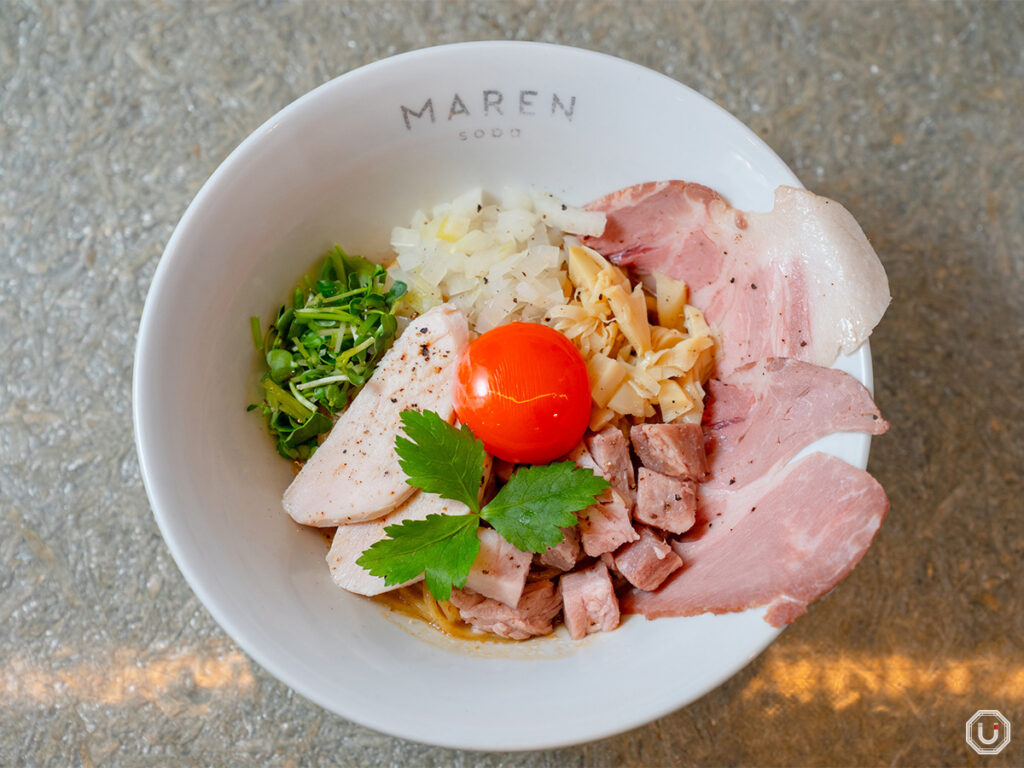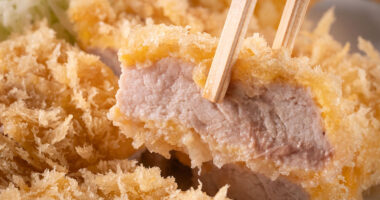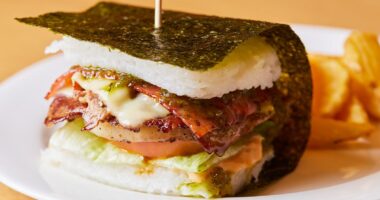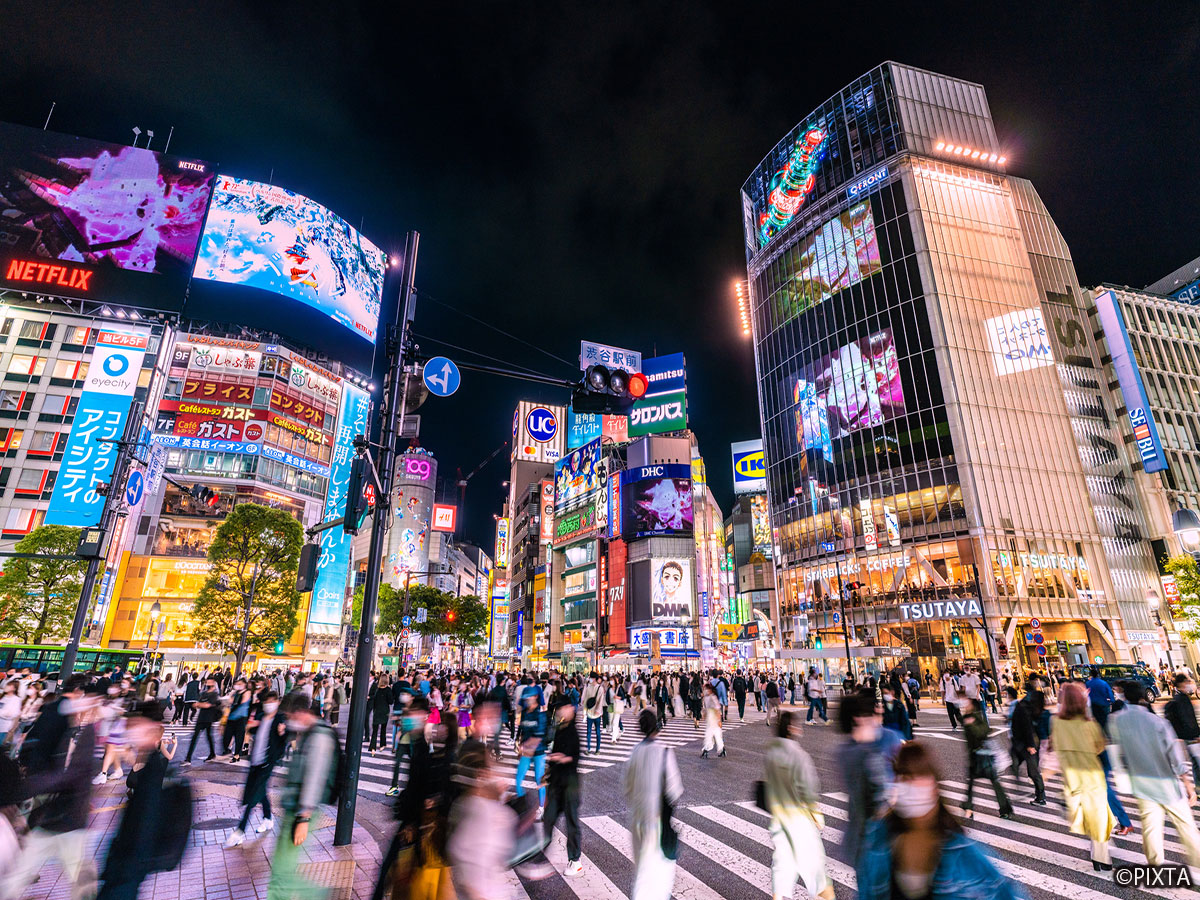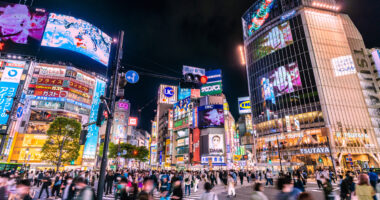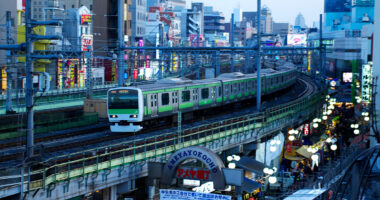Shibuya, a trendy Tokyo area where food culture constantly thrives and evolves, is home to “soba MAREN Shibuyaten” (hereafter referred to as “soba MAREN”) a restaurant offering distinctive mazesoba crafted by a Japanese cuisine restaurant.
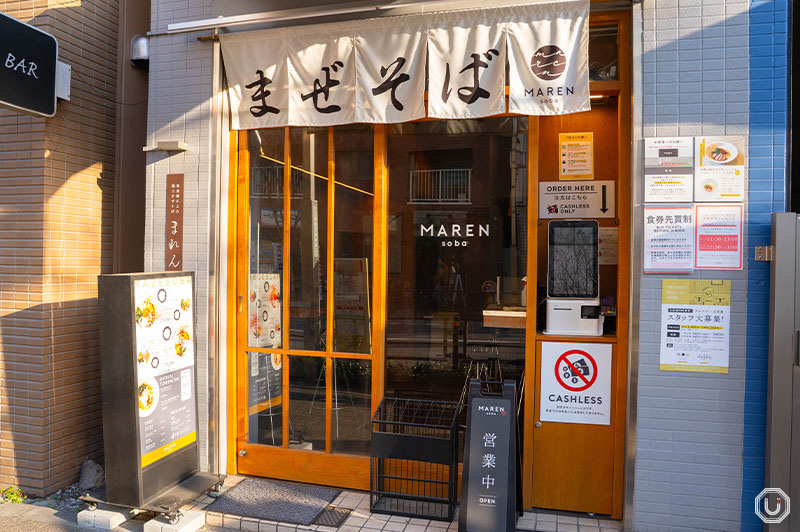
Mazesoba (often referred to as “soupless ramen” outside of Japan) is a noodle dish mixed with a rich sauce or oil, instead of being served in broth. Despite the name “soba,” the noodles do not contain buckwheat flour; instead, they are made primarily from wheat flour, just like ramen.
While there is no strict definition for mazesoba, it’s generally characterized by being mixed with sauce or oil before being served. The dish is often enjoyed with a variety of toppings and condiments, allowing diners to customize the flavor to their liking.
Most mazesoba dishes lean toward being indulgent and heavy, often considered junk food. However, at soba MAREN, each and every ingredient is carefully selected, creating a sophisticated and unique take on mazesoba!
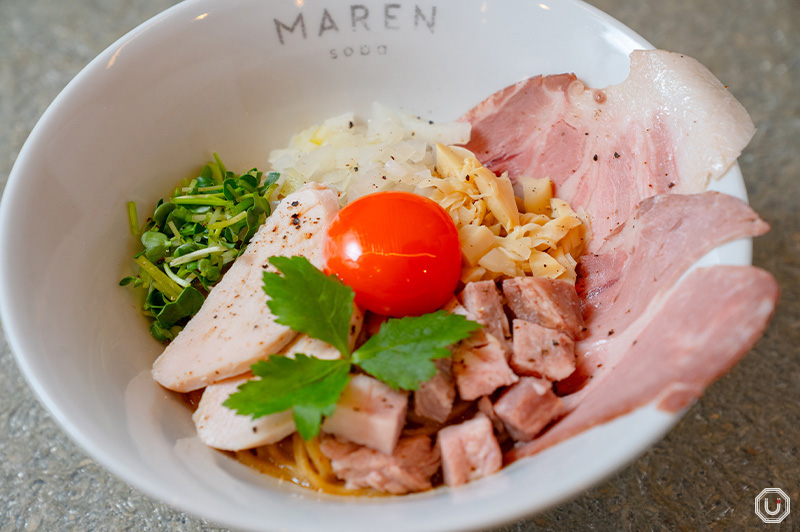
“チャーシューしょうゆまぜそば,” Roasted Pork MAZESOBA (Soup-less Noodle) with Small Rice 1,350 JPY (tax included)
Roasted pork mazesoba: a bowl of umami-rich Japanese cuisine
One of the most popular dishes at soba MAREN Shibuya is the “Roasted Pork MAZESOBA (Soup-less Noodle) with Small Rice”, which is highlighted by delicious chāshū (Japan’s version of char siu).
The dish’s flavor is anchored by the restaurant’s signature sauce. Crafted with a blend of four different soy sauces—centered around a traditionally brewed soy sauce aged in wooden barrels—it also features a secret ingredient: the rich umami of oysters.
To complement this, oil extracted from chicken fat is incorporated into the sauce. This combination creates a complex and refined taste—a technique that’s made possible by a restaurant that is highly qualified in authentic Japanese cuisine.
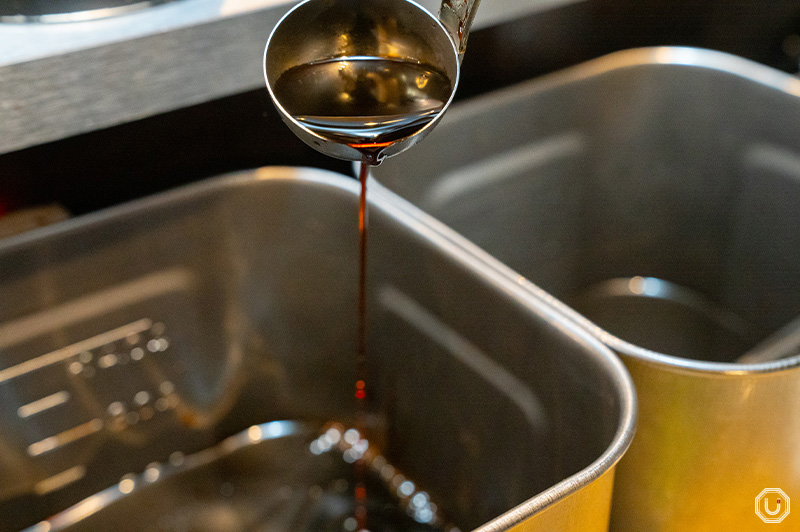
The bowl is adorned with two types of chashu—pork and chicken—prepared using low-temperature cooking, and a rich, umami-packed premium egg.
Toppings include menma (fermented and seasoned bamboo shoots), diced onions, and mitsuba (Japanese parsley), which provide varying textures and freshness. Every element is meticulously calculated to achieve the perfect balance of aroma, taste, and texture.
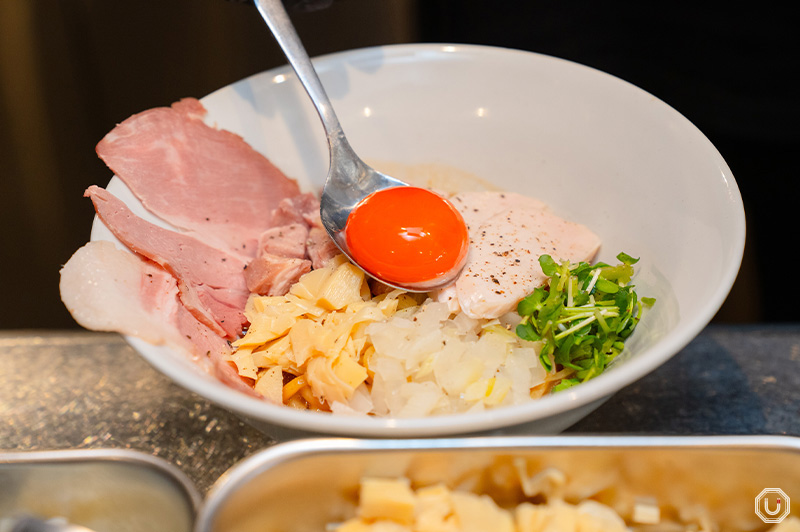
The restaurant’s house-made noodles blend domestic wheat and whole wheat flour, with precise temperature and humidity control for the perfect texture.
When served, the noodles are already coated in the sauce, delivering an al dente-like texture that spreads across the palate. As you chew, the deep umami of the sauce gradually unfolds, blending harmoniously with the wheat’s natural aroma.

There is no right or wrong way to eat mazesoba—it’s all up to your preference! Try breaking up the egg yolk and mixing it in, then gradually incorporate the other toppings for a dynamic flavor experience that keeps the dish exciting until the last bite.
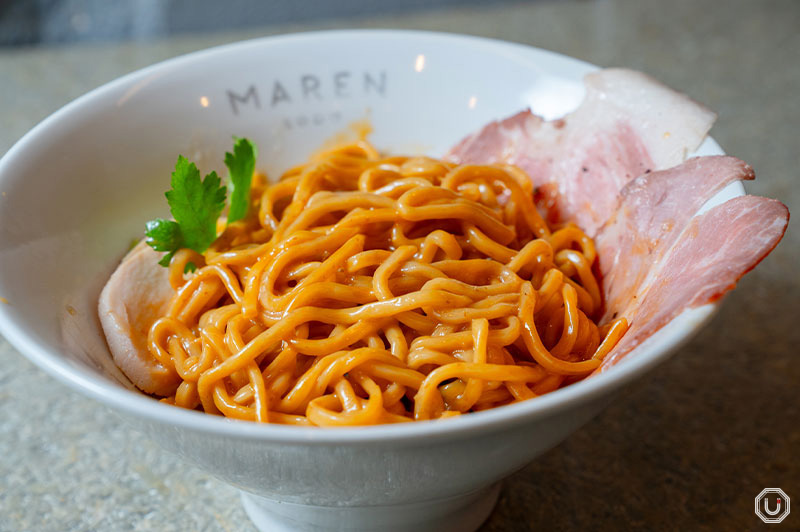
Customize your mazesoba with toppings and rice!
The mazesoba at soba MAREN is already delicious on its own. However, by customizing it with the condiments and seasonings available at the table, you can enjoy an even greater variety of flavors.
There are five options to choose from: original condiments like vinegar flavored with niboshi (dried small fish used to make dashi broth) which adds seafood umami and tartness, spicy miso with doubanjiang, and soy tare sauce, as well as ichimi tōgarashi chili powder and black pepper for an extra kick of heat.
Additionally, you can request fresh garlic—a free topping that dramatically levels up the aroma and flavor.
For even more customization, paid toppings like ajitama (seasoned egg) and freshly grated cheese are also available, allowing you to create a bowl that perfectly suits your taste!
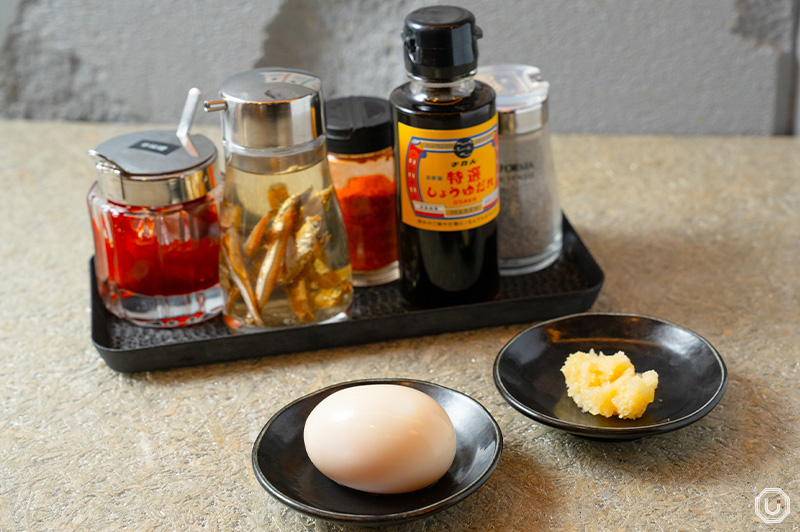
(Top row, from left) Spicy miso, niboshi vinegar, ichimi togarashi, soy sauce tare, black pepper (Bottom row, from left) Ajitama (seasoned egg), fresh garlic
For the Roasted Pork MAZESOBA (Soup-less Noodle), the Umami bites editorial team’s top recommendation is the spicy miso. It adds a bold kick of heat and umami, so be sure to add it gradually while tasting.
For those who prefer a lighter, more refreshing flavor, niboshi vinegar is a great choice.

Once you’ve finished the noodles, it’s customary to mix in the rice that accompanies every mazesoba order. The rich, flavorful sauce pairs perfectly with the rice, giving you a second delicious way to enjoy your meal.

If the sauce feels a bit light, add a dash of soy sauce tare from the table to adjust the flavor.
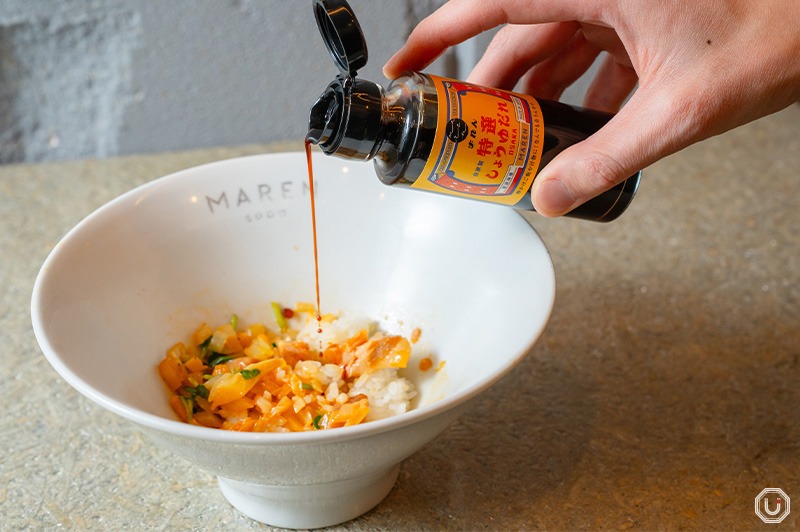
Salt-based mazesoba known for its refreshing flavor
Equally as popular is the “Salted Chicken MAZESOBA and Roasted Pork with Shiso Oil (Soup-less Noodle) with Small Rice,” which features a shio dare (salt-based sauce) as its foundation.
Made primarily with moshio—a salt rich in natural umami from seawater—it is blended with kombu (kelp) and katsuobushi (bonito flakes) for a mild yet flavorful taste.
The chicken oil adds richness, intensifying the umami of the dish.
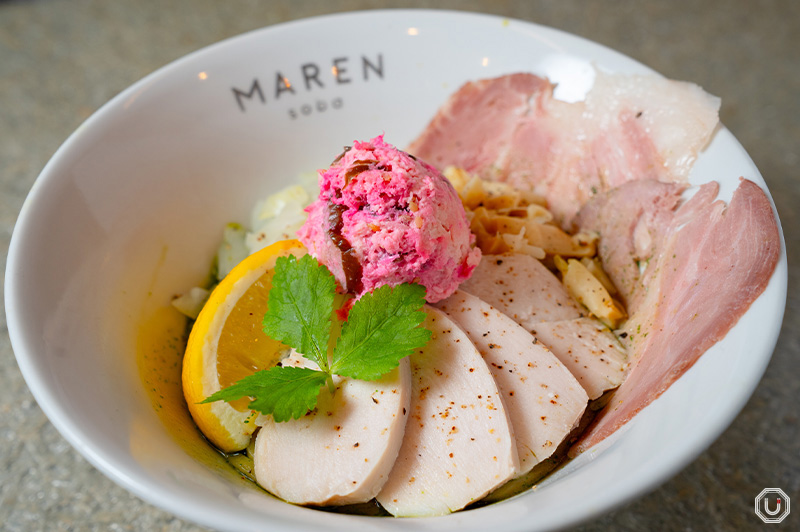
“チャーシュー鶏塩まぜそば,” Salted Chicken MAZESOBA and Roasted Pork with Shiso Oil (Soup-less Noodle) with Small Rice 1,350 JPY (tax included)
The toppings are the same as the soy sauce version, with both pork and chicken chashu, bamboo shoots, and onions.
However, the highlight of this dish is the unique paste in the center, made from shredded chicken mixed with shibazuke (Kyoto-style pickled vegetables).
This original seasoning, paired with ōba (perilla) oil, adds layers of tart and saltiness, unlocking a completely different taste experience when mixed in.

Oba oil
For a refreshing contrast in the latter half of the meal, squeeze the accompanying lemon wedge into the bowl—this resets your palate and provides a clean, citrusy finish.

Shibuya-only exclusive: duck mazesoba with foie gras!
Available only after 2:00 PM, the “Shibuya Exclusive Ultimate Duck Mazesoba with Foie Gras” is a luxurious take on mazesoba.
This dish features a shoyu-based tare infused with foie gras oil, which makes for a rich, velvety mouthfeel. The combination of umami-rich sauce and house-made noodles creates an irresistibly satisfying bite.
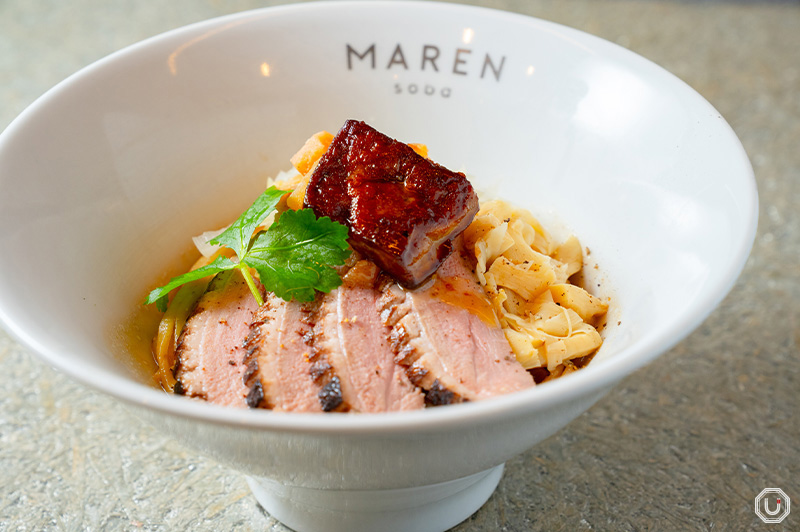
“渋谷限定 究極の鴨まぜそば フォアグラ乗せ,” Shibuya Exclusive Ultimate Duck Mazesoba with Foie Gras 1,600 JPY (tax included)
The low-temperature roasted duck chashu, cooked in red wine, is incredibly tender, while apple sautéed in lemon butter adds a hint of sweetness. The pan-seared foie gras melts in your mouth, creating a decadent, multi-layered experience.
For an added touch of luxury, drizzle the accompanying wine balsamic sauce to deepen the richness. Due to its popularity, this dish often sells out by late afternoon, so you may want to arrive early!
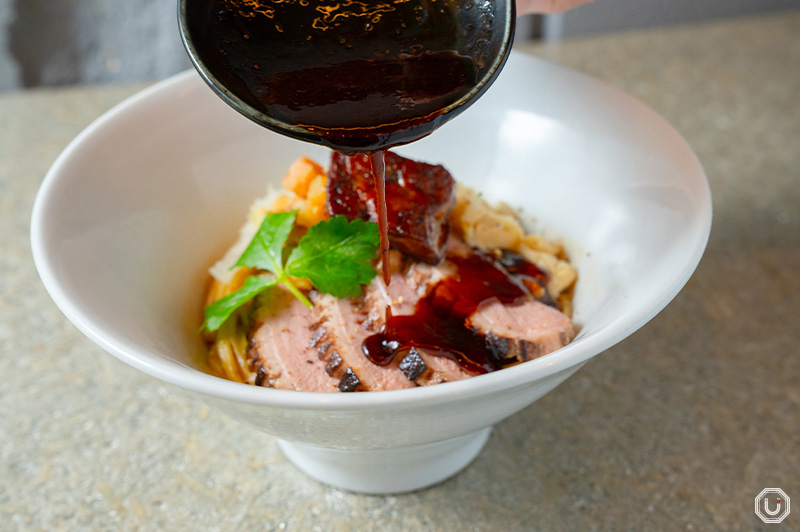
The “Boiled Dumplings” are a highly recommended side dish. These dumplings offer an airy texture, bursting with meaty juices upon each bite.
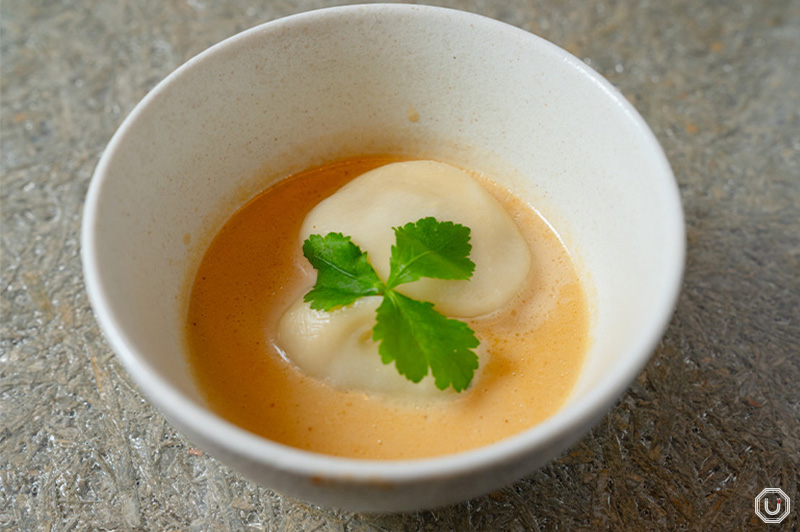
“肉汁水餃子,” Boiled Dumplings 300 JPY (tax included)
Savor a unique dining experience at a popular Shibuya hotspot
Chopsticks, spoons, and napkins are conveniently stored in the drawers at each table.
There’s also a guide on how to eat mazesoba provided on the table, written in both Japanese and English. If you’re unsure or it’s your first time, be sure to check it out.

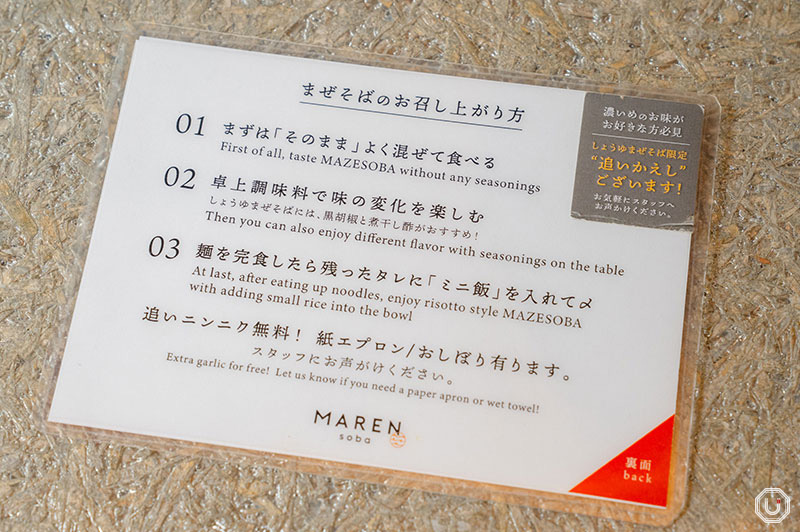
The restaurant operates on a prepaid ticket system. After purchasing a ticket from the vending machine outside, hand it to the staff. The vending machine offers both Japanese and English options, making it easy to order for international diners.
Please note, only cashless payments are accepted.
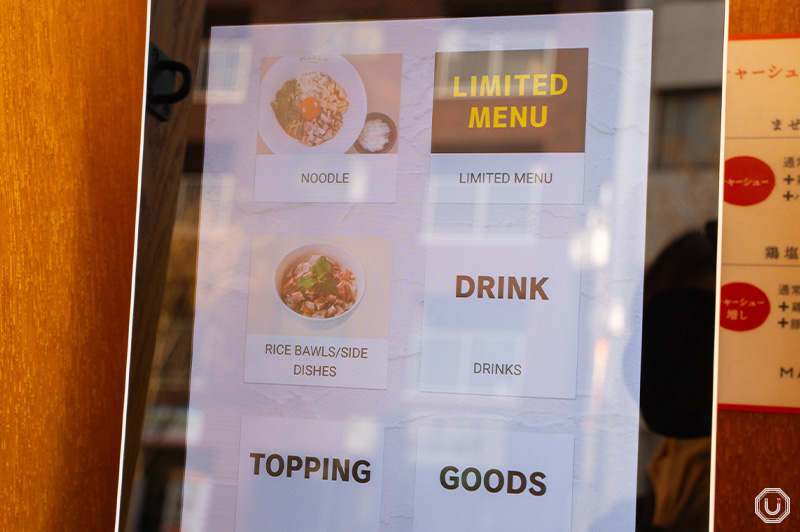
soba MAREN in Shibuya is a highly popular restaurant, often drawing lines even on weekdays. The best time to avoid crowds is between 2:00 PM and 5:00 PM.
For a one-of-a-kind mazesoba experience that goes beyond typical ramen, soba MAREN is an absolute must-visit!
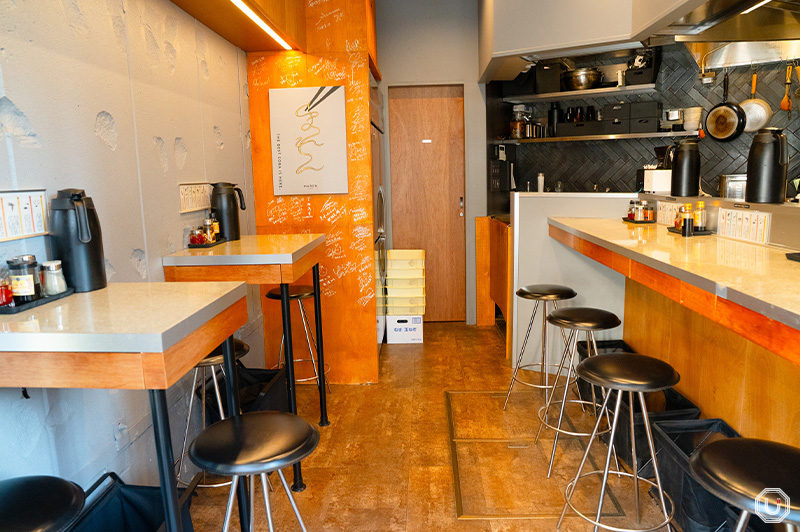
Information
| Store name | soba MAREN 渋谷店 soba MAREN Shibuyaten |
|---|---|
| Address | SHIBUYA Limited Building 1F, 10-16 Maruyama-chō, Shibuya-ku, Tokyo
|
| Access | Shinsen Station 3-minute walk from Shinsen Station North Exit
Shibuya Station(SBY) 7-minute walk from Exit A2
|
| Phone number | 03-6809-0169 |
| Reservations | Not accepted |
| Payment |
|
| Service charge/Table charge | None |
| Hours | Mon-Thurs. 11:30-23:00 Sat-Sun. & days preceding nat’l holidays 11:30-3:00 AM |
| Closed | No fixed holidays Unscheduled holidays |
| Seating | 8 seats 5 counter seats, 3 table seats |
| Smoking | All seats are non-smoking |
| Official website | https://www.instagram.com/soba_maren/ |
| Other information |
|
※Menu contents, prices, store information, etc. are current as of April 2025.
